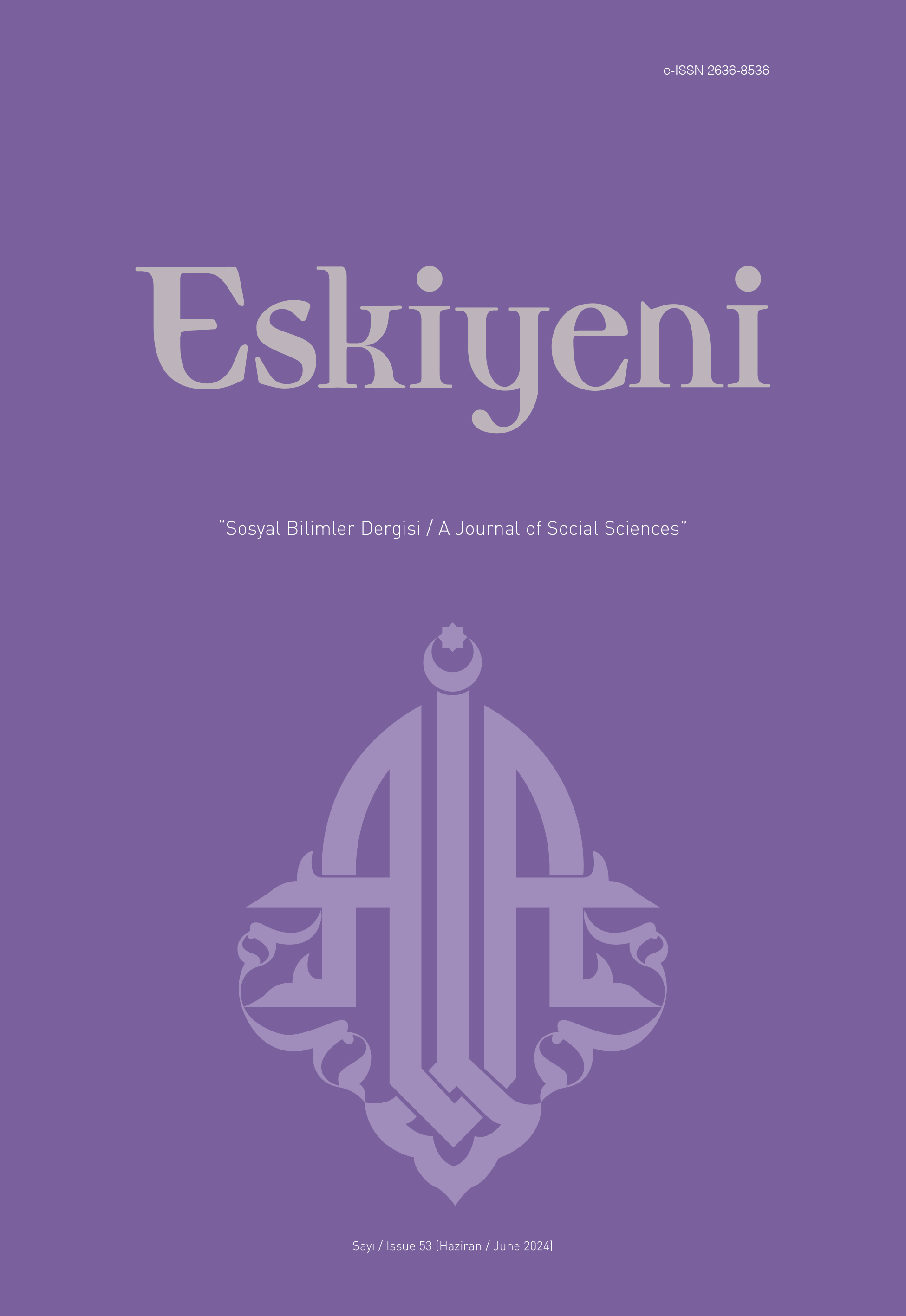Muhammed b. Ebû Bekr er-Râzî’nin Garîbü’l-Kur’ân Tefsirinde Kıraat-Tefsir İlişkisi
An Examinaton of the Relation Between Qira’at and Tafsīr in Muhammad Ibn Abū Bakr al-Rāzī’s Gharīb al-Qur’ān
Author(s): Aslan ÇıtırSubject(s): Theology and Religion, Qur’anic studies
Published by: Anadolu İlahiyat Akademisi
Keywords: Tafsir; Quran; Qira’at; Abū Bakr al-Rāzī; Gharīb al-Qur’ān;
Summary/Abstract: Muhammad Ibn Abū Bakr al-Rāzī tafsīr (d. 666/1268); in his two works, “Tafsīru Surat al-An’ām” and “Gharīb al-Qur’ān,” examined the variations in qira’at. This study focuses on the relationship between qira’at and tafsīr in “Gharīb al-Qur’ān.” This article has two aims. The first one is to analyze al-Rāzī’s contributions to the relationship between qira’at and tafsīr, he is a versatile scholar with his works in qira’at and tafsīr along with in various fields. The second one is to examine the reflection of the differences of the farshī qira’at in strange (gharīb) and obscure (mushkīl) words on the tafsīr of this work, which was written in the Gharīb al-Qur’ān order. Al-Rāzī employed a unique method in “Gharīb al-Qur’ān” that was not used in any previous or subsequent works on the sciences of the Qur’ān, semantic meanings of the Qur’ān, qira’at and tafsīr. The method followed in this article is as follows. Priority was given to al-Rāzī’s tafsīrs. Research articles in the academic literature on the relationship between qira’at and tafsīr in the Gharīb al-Qur’ān style works of Ahl al-Ma’ānī scholars were scanned. In addition to the sources and methodology of al-Rāzī’s work analyzing the relationship between qira’at and tafsīr, the study includes the concepts corresponding to the imams and scholars of qira’at, and the mutawatir, mashhur, and shāz qira’ats, which include the al-Rāzī’s qira’at preferences. In the last sections of the study, the differences in the qira’at of the strange words in some verses are analyzed in terms of their reflection on tafsīr. The differences of qira’ats reflected in tafsīr have provided a richness of interpretation in terms of reflecting the spirit of the centuries before the revelation of the Qur’an and living in the spirit of the centuries during and after the revelation of the Qur’an. Qur’ān with the richness of interpretation provided by the differences in qira’at offered a road map from its ancient past to its boundless future, in universal perspective in time and space. As a result, this work demonstrates that without addressing the farshī qira’at differences in “Gharīb al-Qur’ān”-style tafsīrs, the explanation of gharīb, mushkīl, and difficult words, the interpretation of verses most simply and tafsīr of Qur’an would remain incomplete. In this context, it is important to bring the relationship between qira’at and tafsīr in al-Rāzī’s Gharīb al-Qur’ān to the academic literature.
Journal: Eskiyeni
- Issue Year: 2024
- Issue No: 53
- Page Range: 581-604
- Page Count: 24
- Language: Turkish

